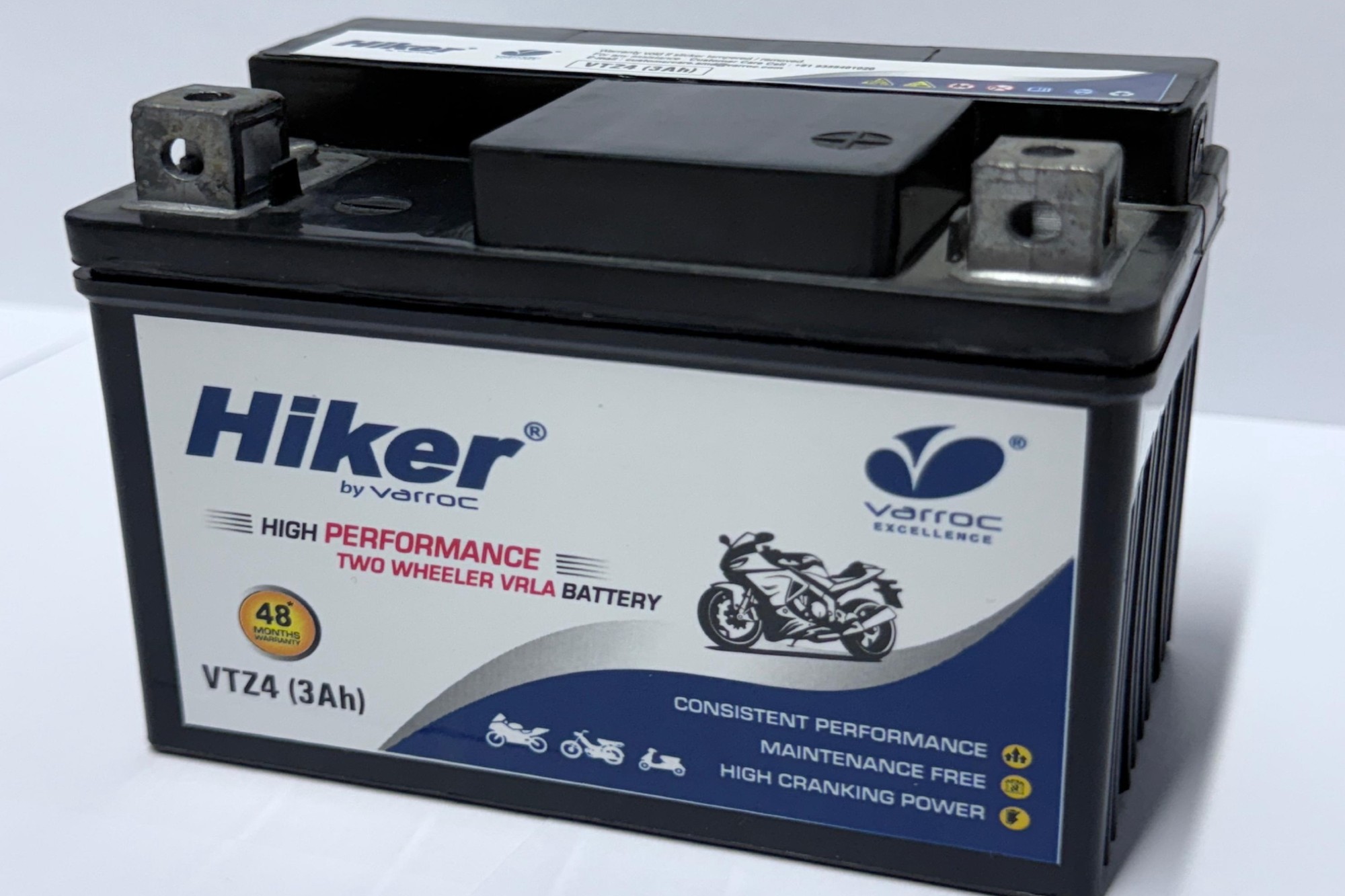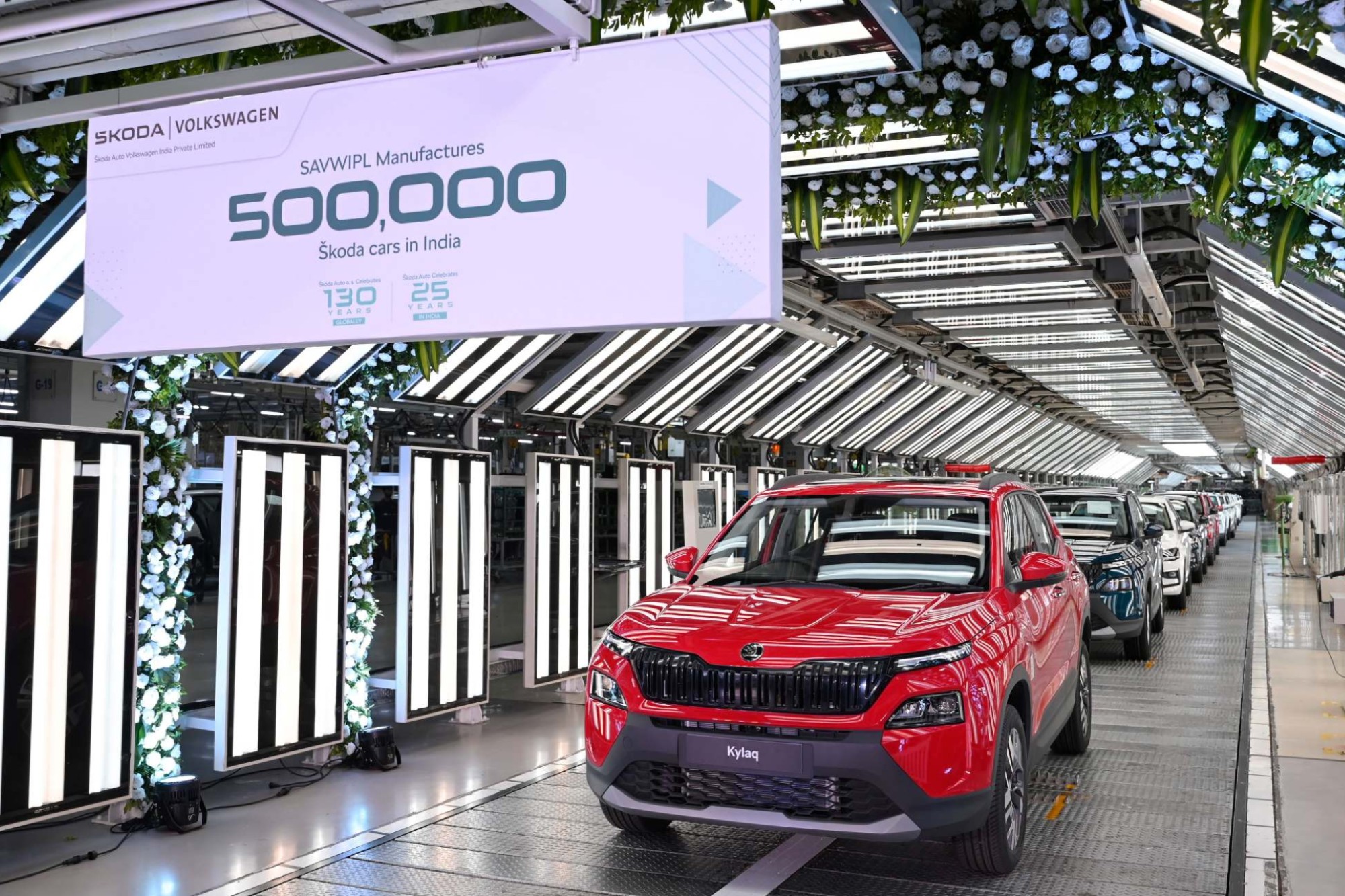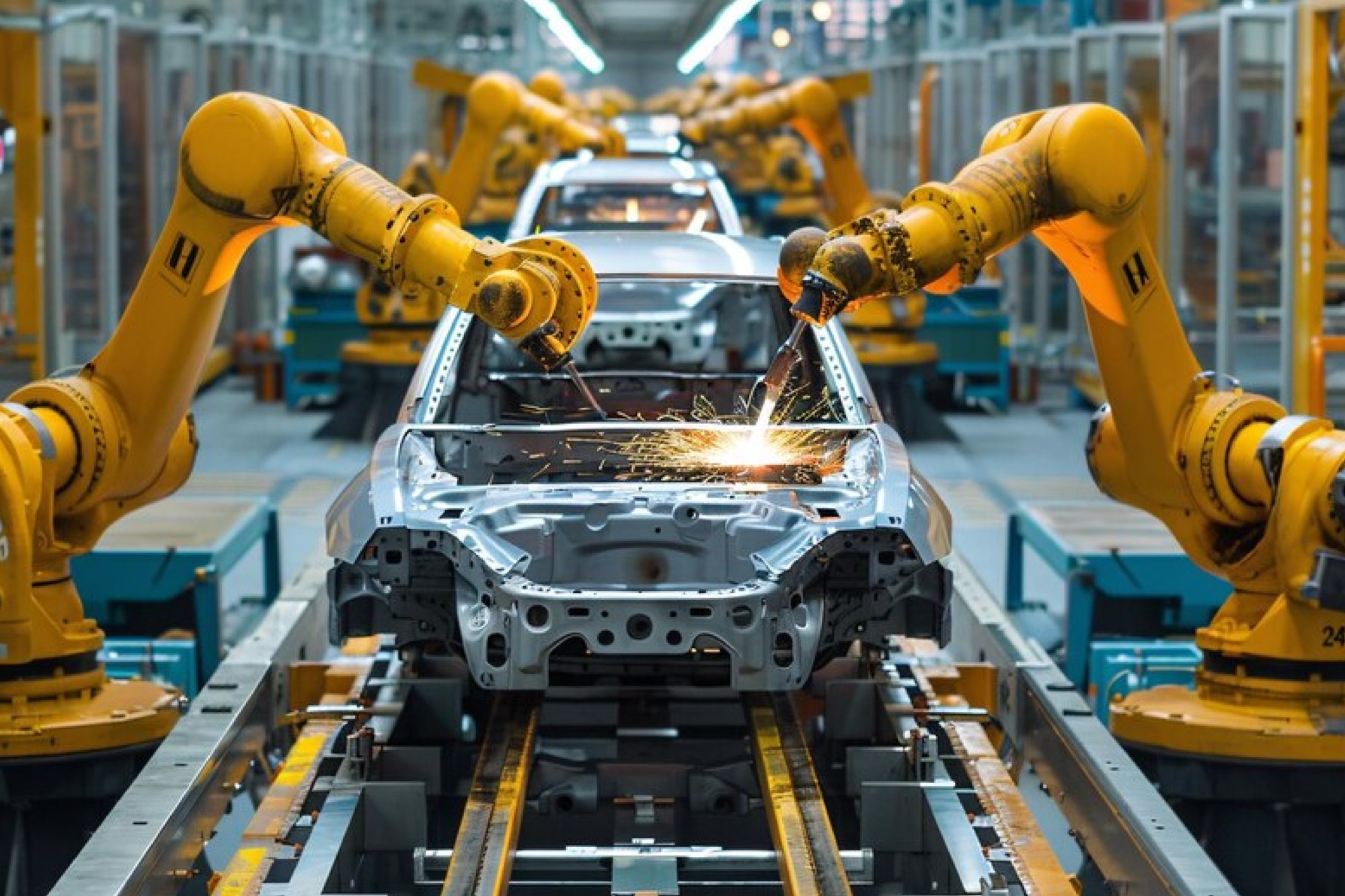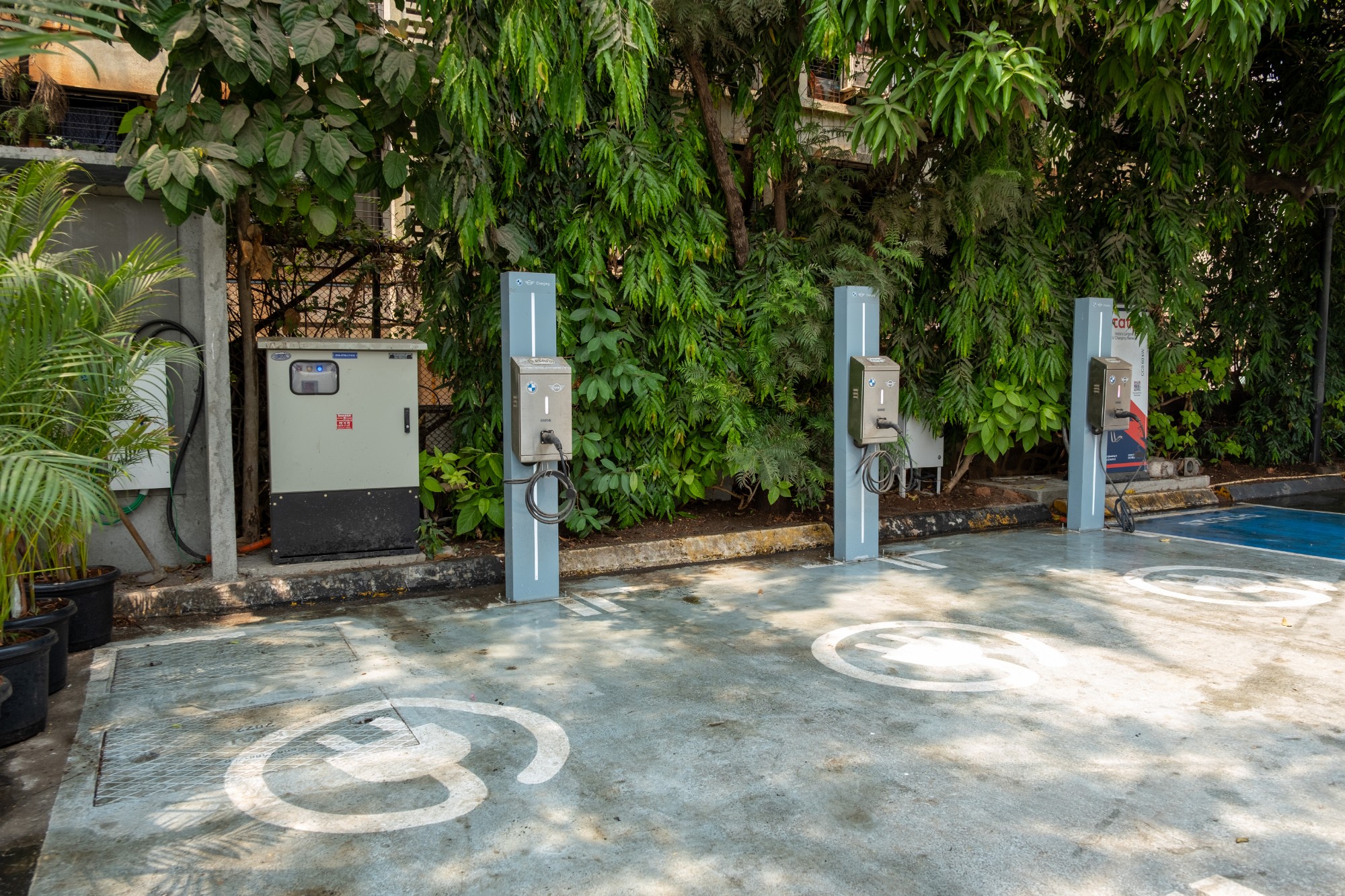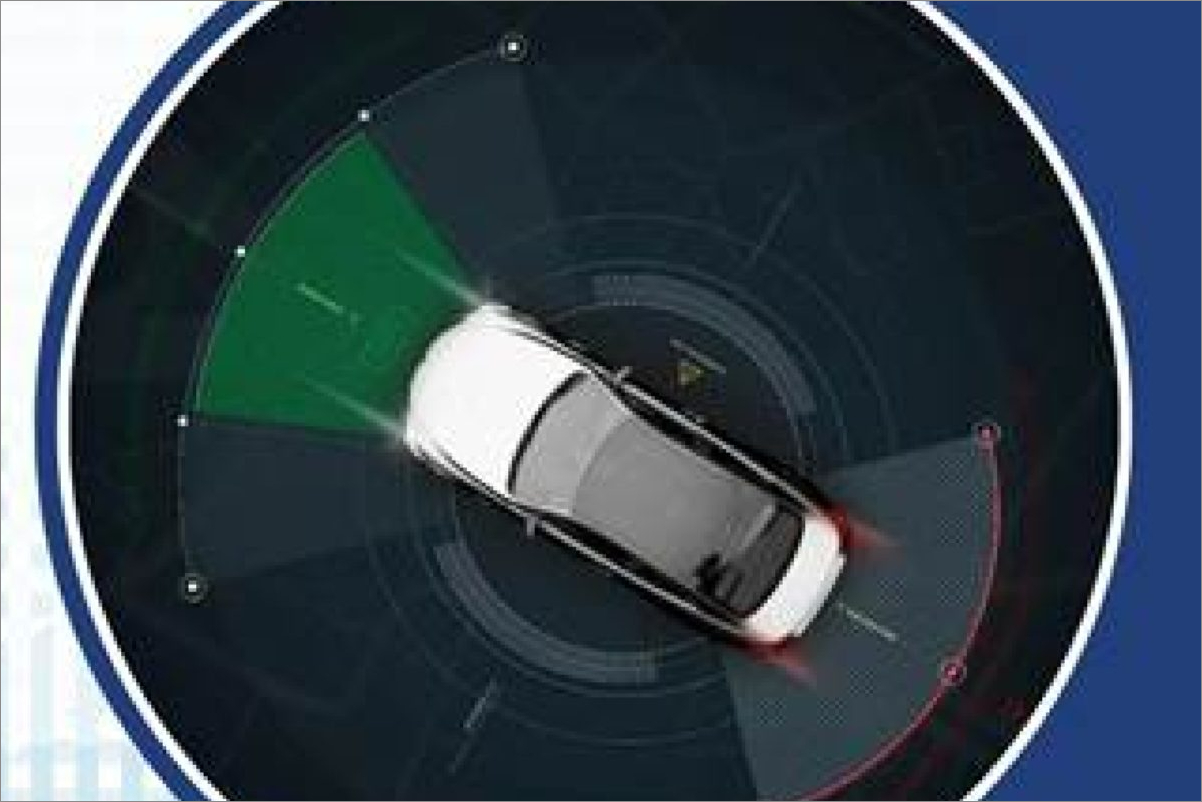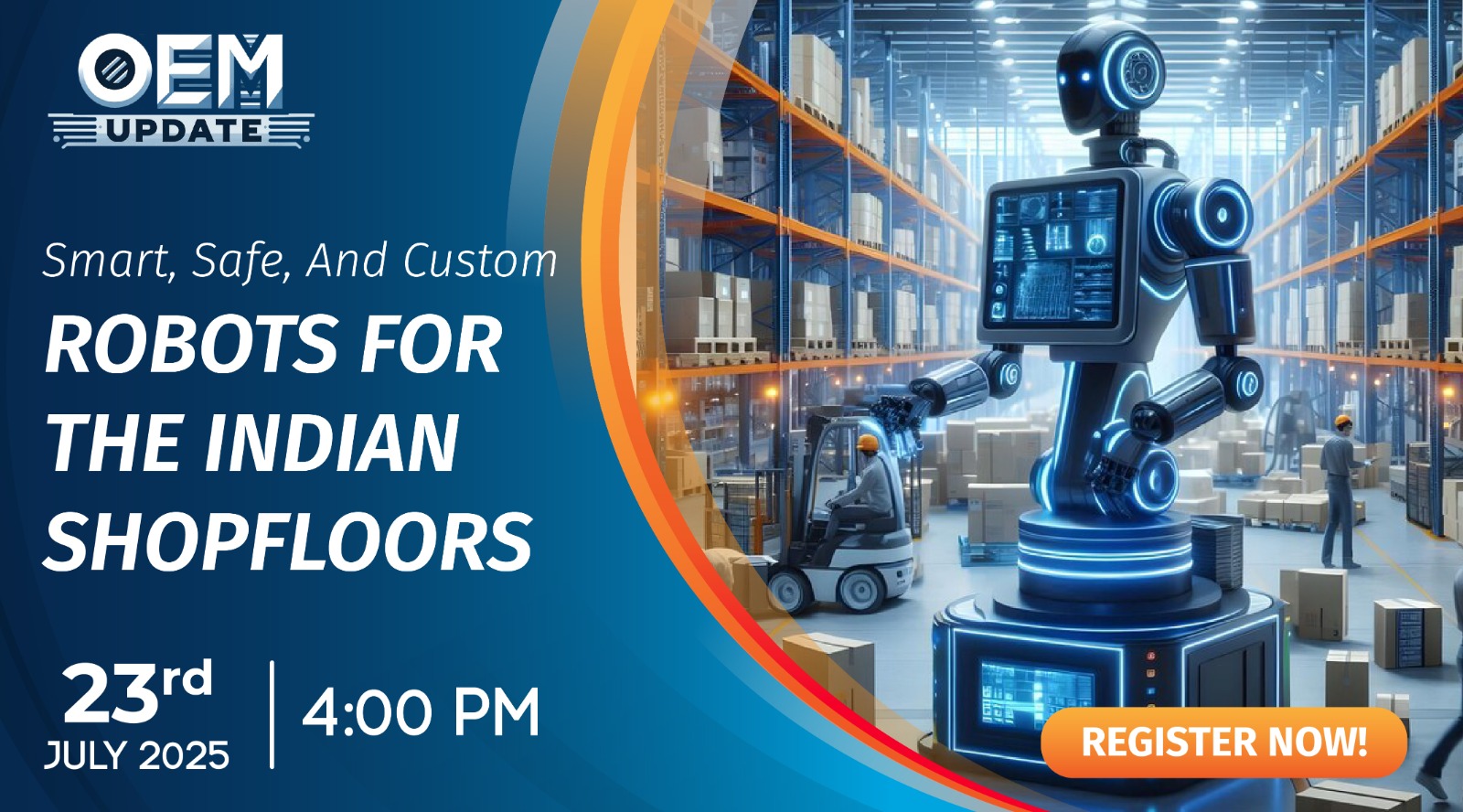Microgrids signify the future of energy
By OEM Update Editorial May 2, 2023 2:00 pm IST
A shift from centralised power systems is happening towards smaller, localised ones that optimise power demand, consumption, and management. Sachin Bhalla from Schneider Electric states that microgrids are powered using various technologies such as batteries, onsite solar panels, and distributed generators.
What are some of the advantages of microgrids, and how can they benefit corporate organisations regarding energy management and cost savings?
The development of new and advanced clean technologies and policy changes, including the Paris Climate Accord, results from innovation from energy solution providers. As a result, corporates worldwide are leveraging new energy opportunities that include energy storage, solar, wind power, energy distribution, etc.
Over the past decade, renewables have set the foundation for clean-tech solutions, and companies have begun to adopt renewable solutions as forward-thinking energy technologies. This new prospect will allow companies to increase their energy management programs’ efficiency, control, and resilience. Another opportunity that is seriously worth considering is microgrids. Microgrids are emerging as a decentralising technology that will be a key component of the future of energy. With the ability to operate autonomously from the traditional grid, microgrids are powered using various technologies such as batteries, onsite solar panels, and distributed generators.
Today’s market forces’ demand and supply trends are gradually shifting from centralised power systems to smaller, localised ones that optimise power demand, consumption, and management. Clean energy that is locally generated and managed – is a boon to companies -choosing to use energy responsibly and incur significant cost savings. Opportunities in energy storage range from fast responsive options for real-time management of networks to unpredictable week–to–week variations. For the best power quality management, load balancing, and backup power, energy storage options are grouped into batteries, thermal, mechanical, pumped hydro, and hydrogen. Corporate organisations will be pushed to invest in maximum energy investments while contributing to clean energy transitions as the price for resources such as batteries and other storage solutions drop. Therefore, increasing confidence in renewable and cost efficiency will become the most compelling factors in companies focusing on energy storage and management.
What key parameters are used to evaluate energy storage technologies beyond the batteries, and how can this benefit manufacturing processes?
Energy storage technology has been equated with stationary batteries in recent years. The companies have invested in this technological advancement predicting how important it will be for the consumer and businesses. However, batteries are the tip of the iceberg when discussing energy storage technologies. Technologies such as rectifiers that convert power from AC to DC for storage on the battery and inverters for distribution to the load are also of equal importance.
Distribution systems are pivotal in sending power to different regions and various racks that hold this equipment together. Depending on the size of these energy storage technologies, we develop the best-in-class intelligent cooling systems that can report data at any point in the world from the monitoring site. A primary parameter for evaluating the quality of these software systems is the ability of these smart technologies to analyse – when battery power is required to avoid a peak energy period in a building demand reduction scenario. For example, EcoBlade is a pre-engineered energy storage solution that is easy to install and highly scalable. Hence, parameters such as affordability, intelligent systems, and the best-in-class energy storage that empowers users to shift their energy use in real-time are used to evaluate energy storage technologies for manufacturing processes.
How can Uninterruptible Power Supply (UPS) helps manufacturers protect their assets and ensure data protection during power cuts or disruptions?
The energy crisis will likely accelerate the energy transition. The two go hand in hand. One of the greatest challenges we face today is balancing the short-term problem of energy price volatility and security with the medium-term imperative of cutting carbon emissions. By taking a holistic view of energy investment, we can address both sides of the issue – reducing energy consumption and waste. It helps transition to cleaner energy sources by technologies that help address both parameters. Various technologies are being worked on, with varying degrees of maturity.
Currently, some technologies in use are Lithium Ion which helps save cost, space, ease of services, and energy saving. Advance Lithium-ion batteries offer advantages such as portability, fast recharging, low maintenance, and versatility.
Solar batteries deliver carbon reduction, convenience, clean air, and sustainability benefits. And solid-state batteries enable greater energy density, portability, and shelf life.
How is Schneider Electric supporting the manufacturing sector’s energy efficiency goals through energy management solutions and transmission network insight?
The Internet of Things has been instrumental in the world’s move towards digitisation and, specifically, the manufacturing sector by providing timely information and data to the appropriate stakeholders, making the information flow seamless. This seamless flow of information results in a massive reduction in carbon emissions, thereby decreasing operating for manufacturing units.
Schneider Electric is committed to supporting the manufacturing sector to increase energy efficiency and reduce costs by providing world-class energy management solutions to empower all its users. We strive to provide transmission operators superior insight into transmission and sub-transmission networks. We aim at operating either as a standalone system or fully integrated with Schneider Electric’s ADMS.
Cookie Consent
We use cookies to personalize your experience. By continuing to visit this website you agree to our Terms & Conditions, Privacy Policy and Cookie Policy.





